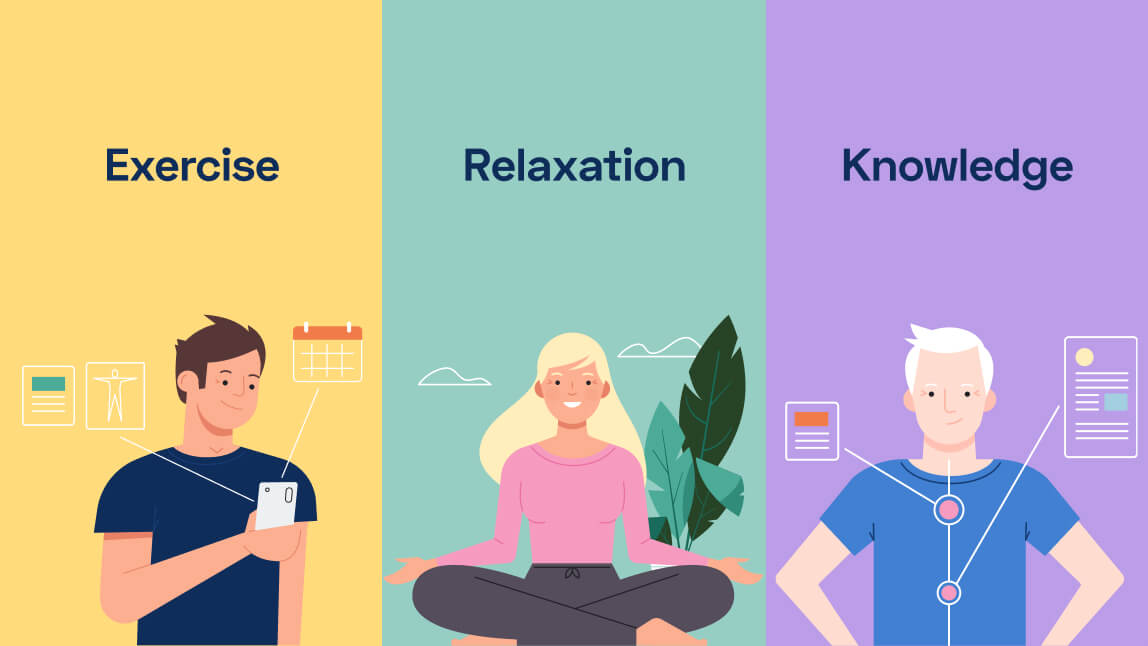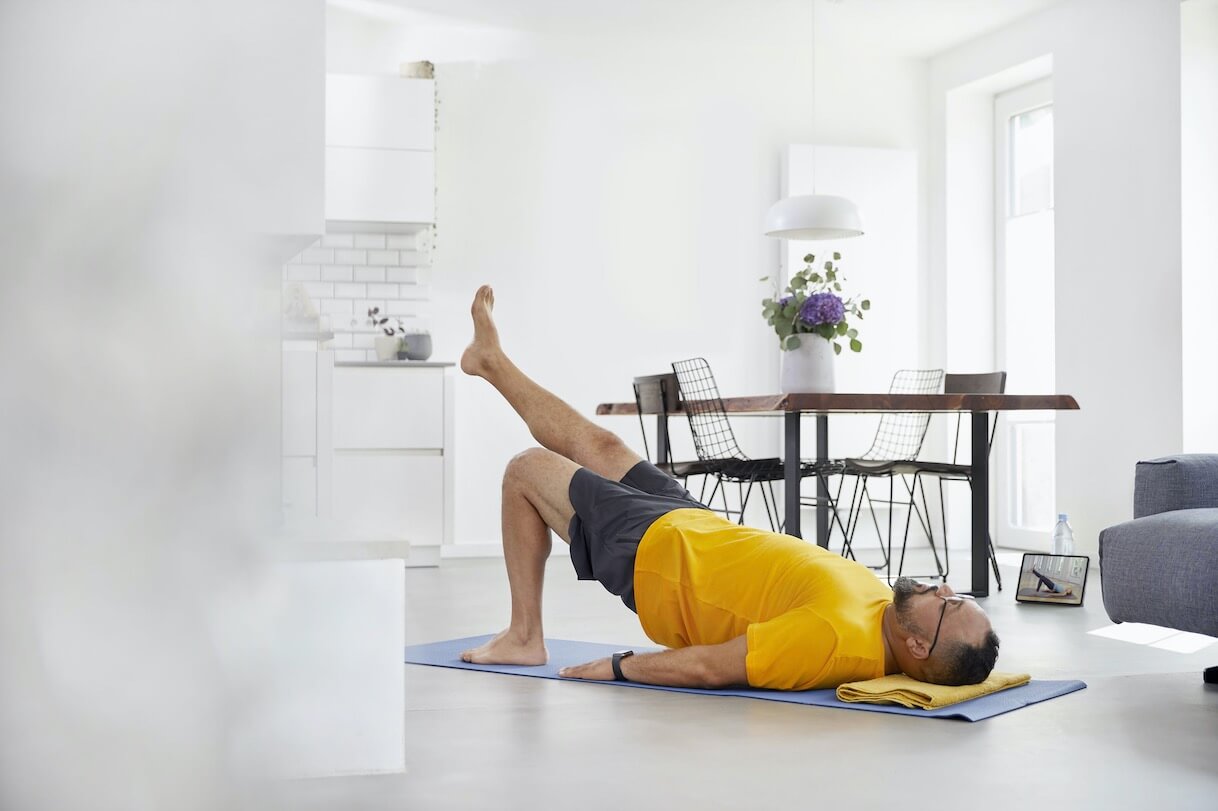
10 Tips for Finding Calm in Chaos
Keeping up with news updates. Maybe working from home. Waiting in long lines at grocery stores. Dealing with upended plans and many uncertainties. It’s enough to make anyone feel tense.
6 min read

Further Reading
-
 In chronic pain, psychological and social factors play a major role in addition to the physical causes of the pain. Chronic pain is caused by a complex interplay of biopsychosocial factors.5 min read
In chronic pain, psychological and social factors play a major role in addition to the physical causes of the pain. Chronic pain is caused by a complex interplay of biopsychosocial factors.5 min read -

Finding Balance: Is it Time to Rebalance your Healthcare Benefits?
When’s the last time you rebalanced your 401k? Financial planners recommend rebalancing at least once a year to minimize risk, maximize return and make sure you stick to your investment strategy goals.5 min read -

Accountability & Evidence: Setting a High Bar for DTx Solutions
Chronic disease makes up a major portion of the total healthcare spend in the U.S. and globally, driving the development of increasingly advanced, AI-supported digital therapeutic solutions for chronic disease managment.3 min read